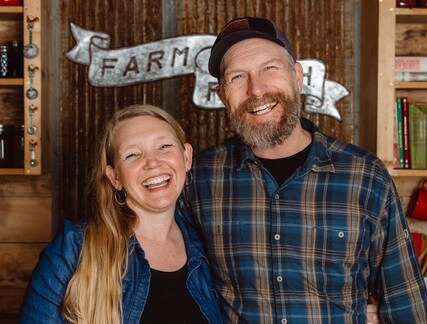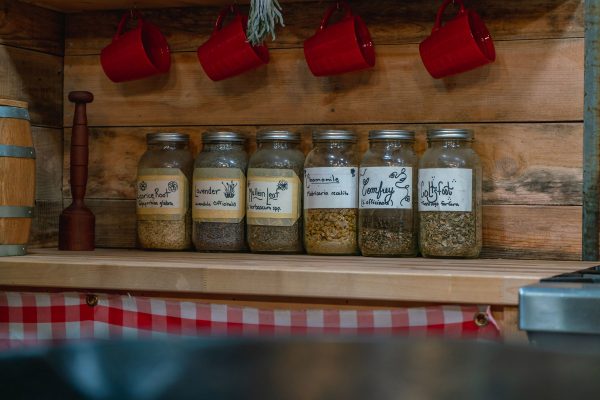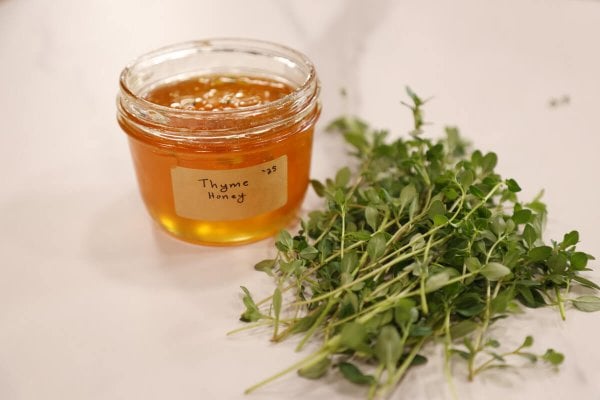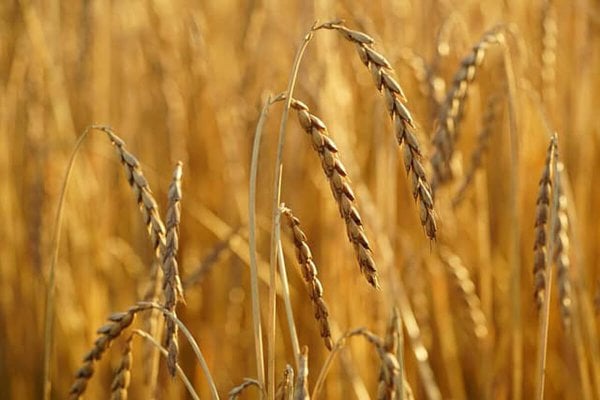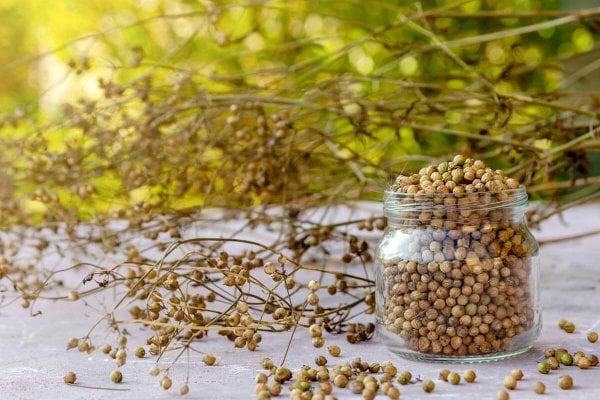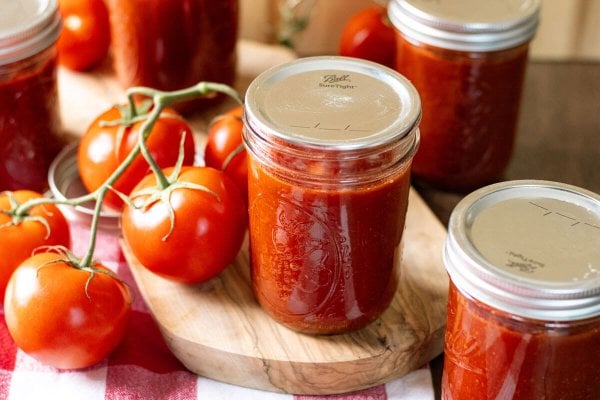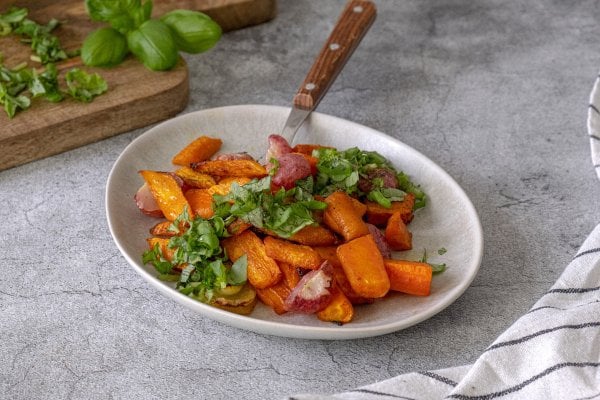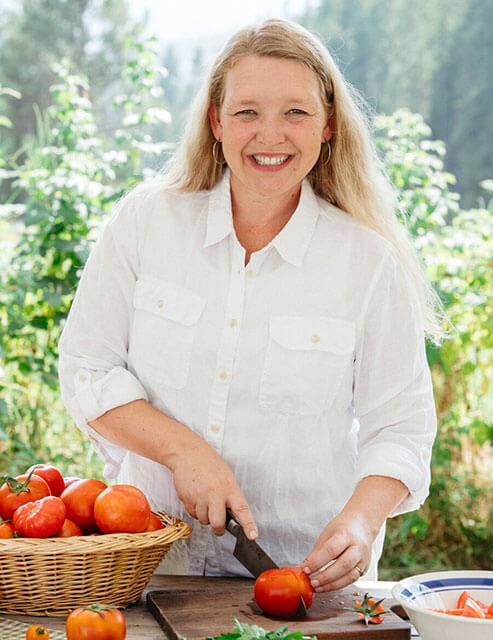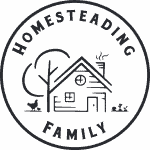Join me for this podcast interview with Bevin Cohen as we discuss his new book, Herbs in Every Season and how we can use herbs throughout the year in the kitchen, growing them in the garden and stocking our apothecary.

Why I Love Herbs
Growing and using herbs is something that I’m extremely passionate about. You all know how much I love designing my cottage garden. Growing medicinal herbs is more than a hobby for me. Learning how to use medicinal herbs for my family was important from a preparedness standpoint, but growing them for culinary purposes brings so much flavor to our cooking.
You can find all my posts on how to grow herbs in our Herb Archives here. We have guides on how to grow countless herbs, how to dehydrate them and use them for culinary or medicinal purposes, and we even share our favorite herbal remedies (like this headache stick or this DIY antibiotic ointment).

About Bevin Cohen
Bevin Cohen is an award-winning author, herbalist, owner of Small House Farm and host of the popular Seeds & Weeds podcast.
He offers workshops and lectures across the country on the benefits of living closer to the land through seeds, herbs, and locally grown food.
Bevin is a food and garden writer whose work has appeared in many national publications including Mother Earth News and Homestead Living Magazine.
He’s the author of more than ten books, including The Artisan Herbalist and his latest, Herbs in Every Season.

The Importance of Herbs
Herbs are known as the spice of life! There are so many uses for herbs from the kitchen, the garden and the apothecary:
- Delicious for culinary use in the kitchen
- Great for many medicinal purposes
- Can be used when making homemade cosmetics
- Helpful for remediating the soil
- They attract pollinators to the garden
- Can be a great cover crop
- Beneficial for companion planting
Beyond all this, herbs are generally pretty simple to grow and a great place to start when gardening, especially when they’re perennial herbs that will come back year after year with little to no effort!

Herbs in Every Season
Utilizing herbs in every season doesn’t mean we’re necessarily growing herbs all year round, but rather thinking about how to use herbs on a more regular basis.
Yes, there are many herbs that can grow indoors year-round, such as an aloe plant or herbs that you might over-winter inside your home, such as rosemary, thyme or oregano. But let’s think about herbs in a different way, even if you’re not growing them, how can you start using them on a weekly or daily basis in your home?
The goal of Bevin’s book, Herbs in Every Season, is to educate people about herbs to build on their knowledge to start growing and using them. His book focuses on 48 different herbs (12 for each season) and includes the basics of growing, harvesting, and using those herbs in various recipes.
Growing, harvesting and utilizing herbs in your day-to-day life can be a challenge. We didn’t all grow up with parents who taught us what to look for, how to plant/grow/harvest these herbs and use them in culinary, medicinal and cosmetic applications. This is where books like Bevin’s can really come in handy.

Winter
During the winter months, there is a lot we can do to utilize herbs daily, from the pumpkin spice that we add to our healthy pumpkin custard to cold stratifying herb seeds that we want to grow in the summer.
If you live in warmer climates with longer growing seasons, the winter is a great time to plan your garden. Adding herbs to your garden is not only beautiful, but it’s beneficial for the soil, for attracting pollinators and even for reducing pest pressure when used in companion planting.

Spring
If you live in colder climates, like Bevin and me, springtime is a great time to plan your garden (if you didn’t already do it during the winter months).
This is also when we first start to see perennial herbs pop through the soil. As the winter snow melts and we can finally see the garden again, there are usually a handful of herbs already well on their way.
This is a great time to assess those perennial or biennial crops (crops that give seed in their second year) to see if you need to start new plants from seed to replace those that didn’t over-winter.
Inside we’ll start herbs from seed that need a longer growing season. Herbs like oregano, rosemary and lavender do well when started about 10 weeks before your average last frost date. (Learn more about how to start seeds indoors and when to start seeds indoors here.)

Summer
During the summer months, we do the bulk of the heavy lifting when it comes to growing and harvesting herbs. Not only can we enjoy the fresh herbs coming in from the garden, but we also spend a good deal of time preserving those fresh herbs for use later in the year.
Our favorite preservation method is to freeze dry herbs or drying fresh herbs for later use (preserving herbs in salt is also a favorite method for basil!).
Summer is also the time of year when you’ll want to forage for herbs around your area. Foraged herbs can really help stock and build up your home apothecary.
Bevin shared that last summer, his son requested homemade lemon balm lemonade every day after school! My children love to go out to the cottage garden and grab a leaf from the lemon balm plant (or lemon verbena) and a piece of a leaf from the stevia plant and eat them together. They say it tastes like lemon candy!

Fall
In the fall we’re continuing to harvest and preserve the rest of the herbs. Bevin mentioned sage being the iconic autumn herb. Many of us use it in our fall cooking (especially Thanksgiving). Bevin also shared the multitude of uses for the sunflower (like his sunflower cornbread made entirely from the sunflower plant).
There are herbs that evoke a specific feeling in many of us. Think of cinnamon, clove and orange simmering on the stovetop during late fall. This makes me think of the holidays and the joy that time of year brings.
The beauty in growing, harvesting and using herbs year-round is something I hope everyone can learn to implement. They are so wonderful and delicious and each one is unique, many with incredible medicinal properties as well.
Where to Find Bevin
You can find all of Bevin’s books and learn more about growing and using herbs at Small House Farm or follow Bevin on Facebook, Instagram and YouTube.

More Posts You May Enjoy
- How to Make Your Own Tea Blend
- Building a Home Apothecary
- Soothing Natural Cold Remedies for Quick Relief
- A Guide to Propagating Herbs (Never Buy Herbs Again)
- Antiviral Herbs: How to Treat Common Viruses With Medicinal Herbs
- Freeze Drying Herbs
- Herbal Tinctures – How to Make Your Own
- How To Start Using Medicinal Herbs

